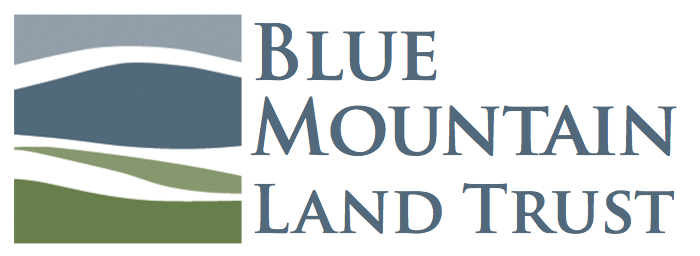Stephanie Kuhns, Citizen Science Coordinator, Washington Department of Fish & Wildlife
Citizen science, also known as community science, is the involvement of volunteers in scientific research. A citizen scientist is someone who participates in scientific research, but is not a professional scientist by trade. There are thousands of projects worldwide, and they all fall into three different categories, depending on the amount of participant involvement:
1. Contributory, where projects are designed solely by scientists, and participants are not involved past collecting and submitting data;
2. Collaborative, which are still designed by scientists, but participants have more input, such as helping to formulate questions or analyze data, in addition to collection and submission;
3. Co-created, where scientists and participants work side by side from start to finish. Both groups will work together to formulate research questions, methods, data collection, and analysis. These projects require the greatest amount of time and interest from the participants.
There are many opportunities in our region for outdoor enthusiasts and nature lovers to participate in citizen science projects. All research projects vary in the amount of time and prior knowledge required by the participants, so if you’re interested in joining a project, you needn’t worry that you don’t have a lot of time, or aren’t able to identify many species. See below for brief descriptions of five different projects you may be interested in.
Eastern Washington Butterflies (WA only)
This project was created by the Washington Butterfly Association and the Washington Department of Fish and Wildlife (WDFW). Participants meet at predetermined times and locations to search for specific butterfly species. Data is recorded and submitted to WDFW for input into species databases. This information helps track the presence or absence of butterfly species in Washington, many of which are declining.
Bumblebee Atlas (ID, OR, WA)
The Bumblebee Atlas was created by partners from the Xerces Society – an international nonprofit organization that protects wildlife through the conservation of invertebrates and their habitats – together with WDFW, Oregon Department of Fish and Wildlife, and the Idaho Department of Fish and Game. Participants attend a training event, adopt a site in which to conduct their work, and then visit the site at least twice from mid spring to mid fall. When visiting the site, participants will collect and photograph bumblebees, record information on datasheets, and then release the bees. Proper handling is covered in the training events.
Sagebrush Songbird Surveys (WA only)
This project was developed by members of Audubon and WDFW. Similar to the Bumblebee Atlas, participants attend a training event, adopt a survey route, and commit to surveying the route twice during the spring. Participants survey for certain species of songbirds which depend on sagebrush habitat. The data gathered provides insights into the health of the sagebrush ecosystem and guides future management decisions.
Short-eared Owl Surveys (WA, OR, CA, ID, NV, MT, WY)
This project was created by several states and partners, and is one of the newest in the region. Just like the Bumblebee Atlas and Sagebrush Songbird Surveys, participants attend training, choose a survey route, and conduct two surveys during the mating season for short-eared owls. Short-eared owl populations are also in decline, and these surveys help to give wildlife managers a better understanding of how many owls are living in these states, and where they are located.
Freshwater Mussels (WA only)
If you’re a kayaker, angler, or other water lover, this project is for you! It is also the simplest of the five projects. Little is known about freshwater mussels, except that they are declining. If you spend any time near the water, head over to WDFW’s volunteer website and download the survey app for your smartphone. If you see freshwater mussels while you’re on the water, open the app, snap a couple photos (with location services turned on), and submit! Even if the mussels are dead and you just see shells, it’s still valuable information, letting WDFW know where mussels are located.
The information gathered in all these projects gives a better understanding of the various ecosystems and helps to inform future management actions.
If you would like to learn more about these projects, or have ideas for developing your own citizen science project, contact Stephanie Kuhns with the WA Department of Fish and Wildlife at stephanie.kuhns@dfw.wa.gov.

